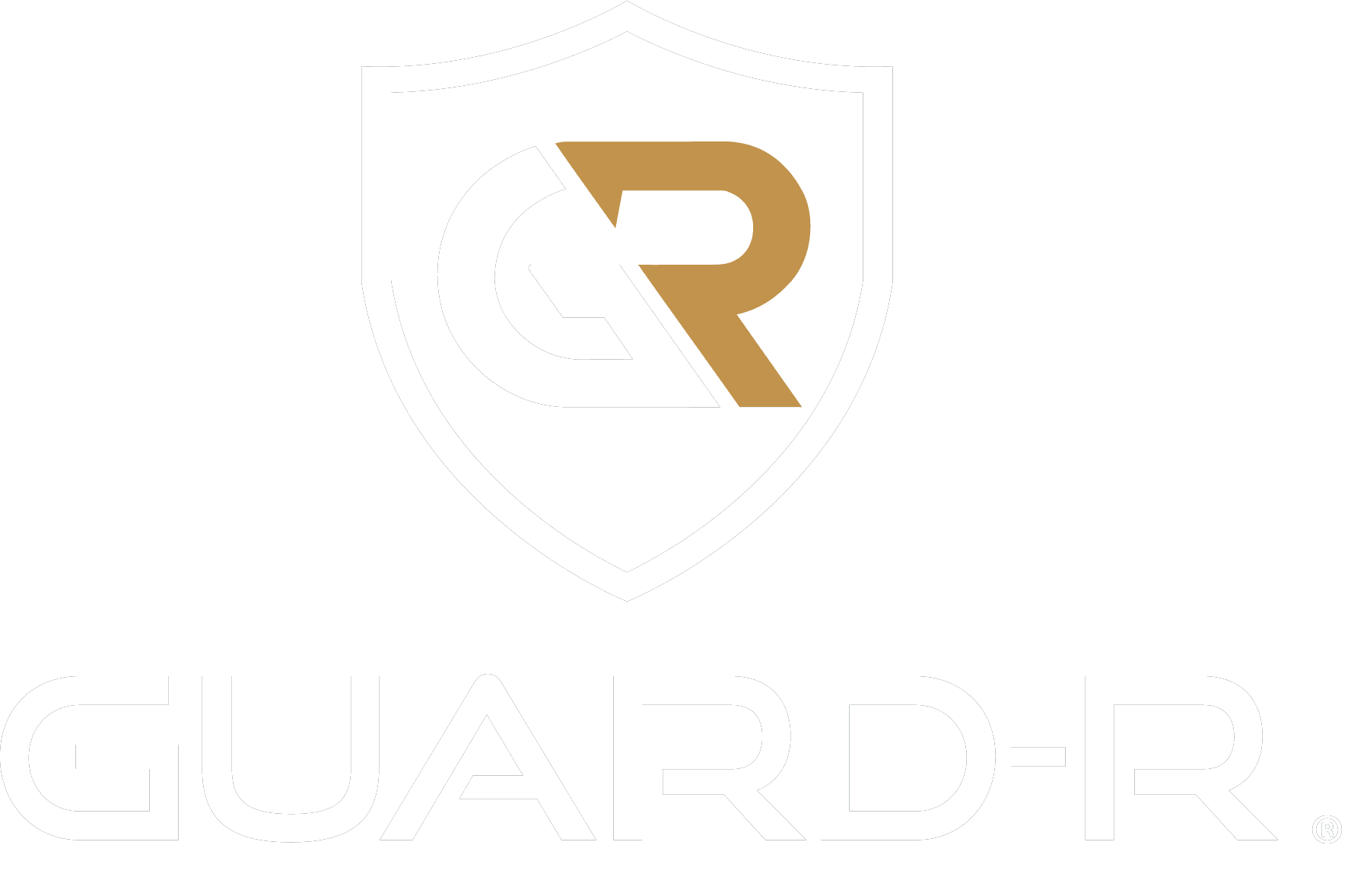Designing Safer Streets with RMS Fencing
Creating safe, efficient spaces where people walk, ride, and cross is at the heart of modern traffic engineering. As urban density increases and transport modes diversify, the design of pedestrian pathways, shared zones, and bike lanes becomes more critical than ever.
Whether it’s a new road, station precinct, or busy shopping strip, here’s what traffic designers, planners, and engineers should consider—and why RMS Pedestrian Fencing remains a key element in keeping vulnerable road users safe.
Guide to Road Design Part 6A outlines best practices for designing safe, accessible, and efficient walking and cycling paths for road designers and planners.

1. Clear Separation of Movement
Design Objective: Reduce conflict between vehicles, pedestrians, and cyclists.
Footpaths should be wide enough for peak pedestrian flow and universally accessible.
Bike lanes must be clearly marked and, where possible, physically separated from both vehicle lanes and foot traffic.
Shared paths should only be used when space limitations demand them—and should be designed with visibility, signage, and surface treatments that reduce conflict points.
Key Consideration: Poorly defined boundaries lead to hesitation, near misses, and collisions.
2. Controlled Crossings and Desire Lines
People will naturally follow the most direct path. If that path leads across multiple lanes, or into mid-block traffic, it creates risk.
Zebra and signalised crossings should be located where people want to cross, not where it’s easiest to design.
Median refuges and pedestrian islands can assist in staged crossings.
RMS Pedestrian Fencing is used to reinforce correct crossing points, channelising pedestrians to safe locations and preventing dangerous mid-block movements.
Why RMS Fencing?
It’s the only fencing type recommended by Roads and Maritime Services (RMS, now part of Transport for NSW) for use on classified roads within the clear zone. Designed in the 1990s and crash tested for vehicle impact, it remains the gold standard in pedestrian redirection.
3. Visibility and Line of Sight

A well-designed corridor ensures all users can see and anticipate others.
Avoid blind corners with adequate sight distances.
Use low, non-obstructive materials for medians, planters, and signage.
RMS Pedestrian Fencing uses vertical bar infills that allow high visibility while preventing access—ideal for school zones, bus stops, and intersections.
4. Safety Near High-Speed Roads
Where pedestrian movement is close to arterial roads or bus lanes, extra safety measures are non-negotiable.
Install crash-tested pedestrian fencing to protect vulnerable users from errant vehicles.
Keep footpaths well set back from road edges.
Use kerbside barriers or fencing to reinforce visual and physical separation.
RMS Type 1, 2 or 3 fencing, when correctly selected and installed, provides compliant containment without sacrificing visibility or urban design.

5. Integration with Active Transport and Public Transport
Good pedestrian and cycle design supports broader transport networks.
Connect pathways to public transport nodes (bus, train, ferry) seamlessly.
Ensure bike paths have end-of-trip facilities nearby (racks, lockers, signage).
Apply pedestrian fencing to guide flow and manage high-volume interchanges safely.
Want design and best practice advice?
Trust Guard-R for top-quality RMS fencing solutions and expert advice.
Final Word: Designing for People, Not Just Cars
Pedestrian traffic design isn’t about moving people out of the way of cars—it’s about designing cities and corridors that serve people first. And where interactions are inevitable, smart, standards-based products like RMS Pedestrian Fencing help ensure those moments are safe and predictable.
Need RMS-Compliant Fencing for Your Project?
At Guard-R, we manufacture and supply fully compliant RMS Pedestrian Fencing systems—Type 1, Type 2, Type 3, Type 4, Type 5 and Type 6—built for long-term performance on high-risk road corridors.
✅ Hot dip galvanised
✅ Built to RMS R0800 series drawings
✅ Available in verge or median configurations
Visit RMS Pedestrian Fencing Solutions | Guard-R Group to learn more.
